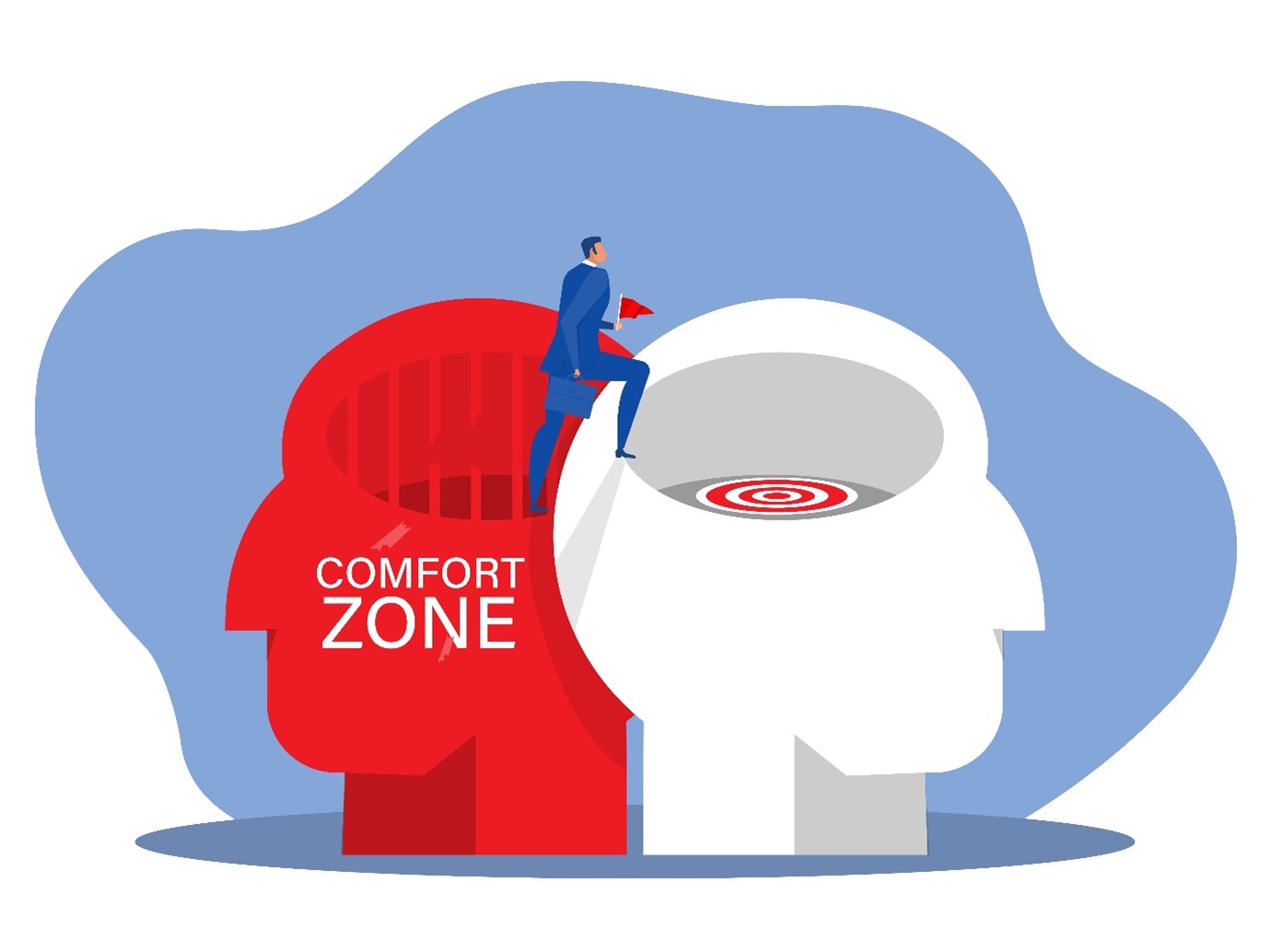Thomas has been in his new role for a few months. Whilst observing, he noticed a recurring problem and has an idea how to make things work better for the team. Although he prepared, when the meeting comes, his heart is already thumping. Looking around the room with all eyes focused on him, he starts to have second thoughts about sharing his idea…
Situations like these happen daily in workplaces all over the world. Research suggests it’s about 50/50 whether game-changing insights like Thomas’ will ever be heard. According to HR Review, a huge 52% of UK employees have such a large fear of failure that it hinders them making important decisions at work.
Why is Fear of Failure at Work so Common?
The social nature of work means getting something wrong can have many repercussions. In addition to worrying whether new ideas will fail, employees like Thomas face the potential for embarrassment, possible rejection by colleagues, plus a fear of confrontation if new ideas challenge those of authority figures.
These fears can prevent employees from raising their head over the parapet. As a result, innovative ideas which could lead to progress are often buried.
The Effect of Workplace Hierarchy on Creativity and Innovation
Research suggests that feeling encouraged to come up with new ideas often depends on an employees’ level in the workplace hierarchy.
In a 2022 report by O.C Tanner, 32% of workers reported that leaders dealt with the risk of failure by denying that their ideas were wrong. While this enables some leaders to take risks, it leads to frustration for colleagues.

In contrast, a Gallup study revealed that lower level employees feel ‘pressured to justify the time spent on new ideas and delivering discernible results.’ In fact, 19% of lower-level employees felt actively ‘discouraged from taking risks that could lead to important new products, services or solutions.’
Yet stifling innovation in employees can lead to a culture of stagnation, affecting a company’s ability to stay competitive.
The Role of Leadership
We may think of risk aversion as a flaw in strategy by leadership. However, creating a culture which encourages employees to stick to the ‘tried and tested’ often results in being outstripped by competitors who take the opposite approach.
Innovative companies understand that leadership alone is not enough drive real growth. As a leader, Apple CEO Tim Cook, works to embed innovation in company culture, ‘Everybody in our company is responsible to be innovative, whether they’re doing operational work, product work or customer service work.’
In fact, an ability to foster creativity and innovation in employees was identified as ‘the single most important attribute of future leaders’ in an IBM study of CEOs.

The Business Case for Fostering Innovation
Creativity and innovation are considered vital for business success as they enable organisations to:
- Keep up with changing market demands
- Improve the quality of products and services
- Take advantage of new technologies
When employees feel their ideas are welcomed, this also leads to higher engagement. Many studies, have found that high employee engagement leads to positive outcomes on key performance indicators such as: increased retention, customer loyalty, safety, productivity and overall revenue growth within an organization.’ Fostering workplace innovation and risk taking therefore results in businesses which are more profitable.
Reframing Failure to Foster Innovation
The Gallup study on fostering creativity and innovation found that ‘leaders who support constructive risk taking have cultures that feel safe and emotionally positive.’
To encourage workers to get out of their comfort zone, they have to be taught that failure is a natural part of the learning process. Employees need reassurance that, although exploring or sharing new ideas may feel uncomfortable, this feeling means they are improving their skills and knowledge. The culture should suggest that, by trying new ideas, they are being useful to the company and supporting its progress.

Rewarding all attempts at being creative is another way to shift the employee mindset. A simple round of applause for team members who express new ideas reframes risk taking as an opportunity for recognition and reduces the fear of failure.
Leaders should also model positive reactions when new ideas fail. This is more productive than denying a problem and continuing with a process that is causing frustration. Instead, asking the team to find a solution helps engage employees and makes everyone’s input seem valued.
Overtime these shifts in mindset will start to benefit the company as a whole.
